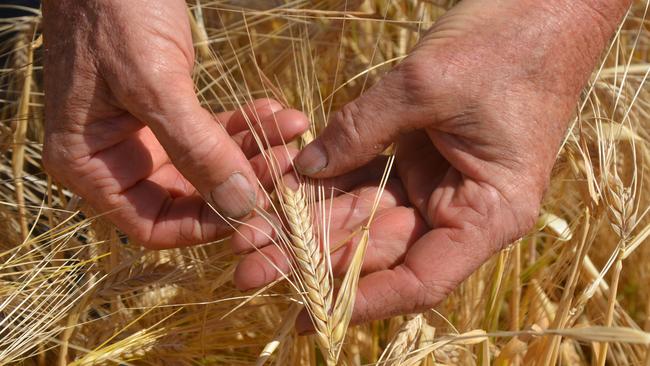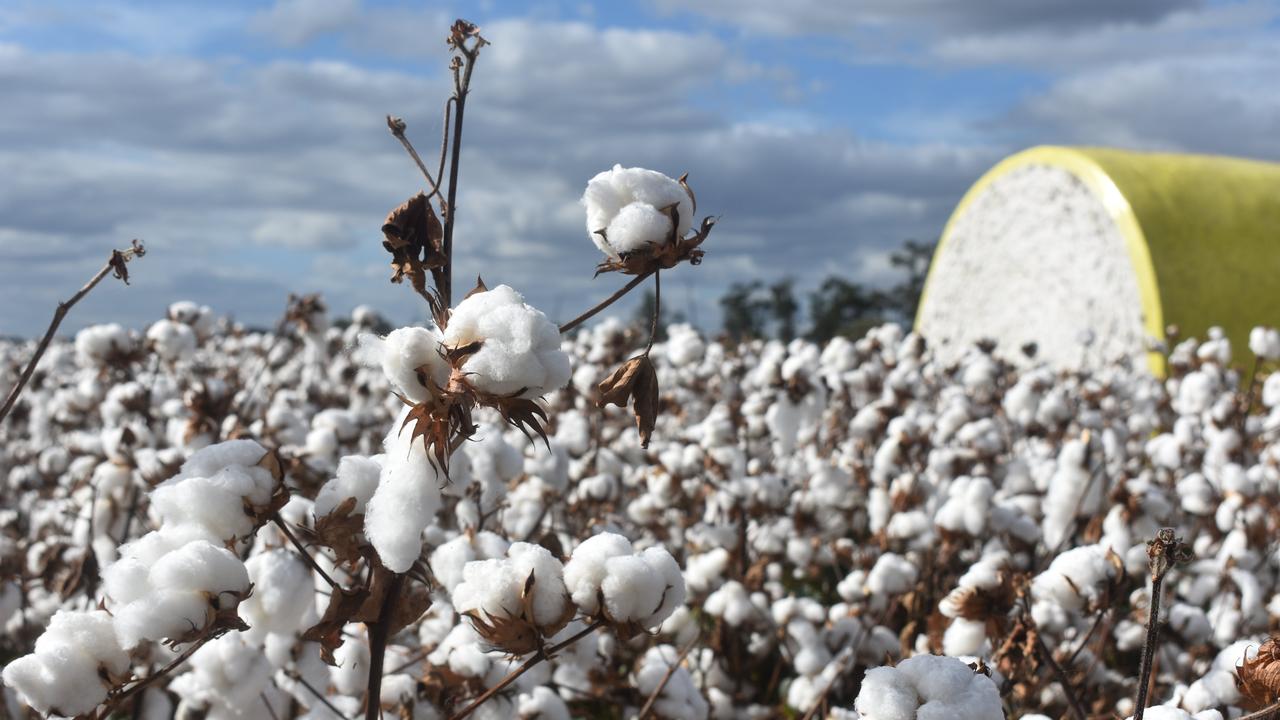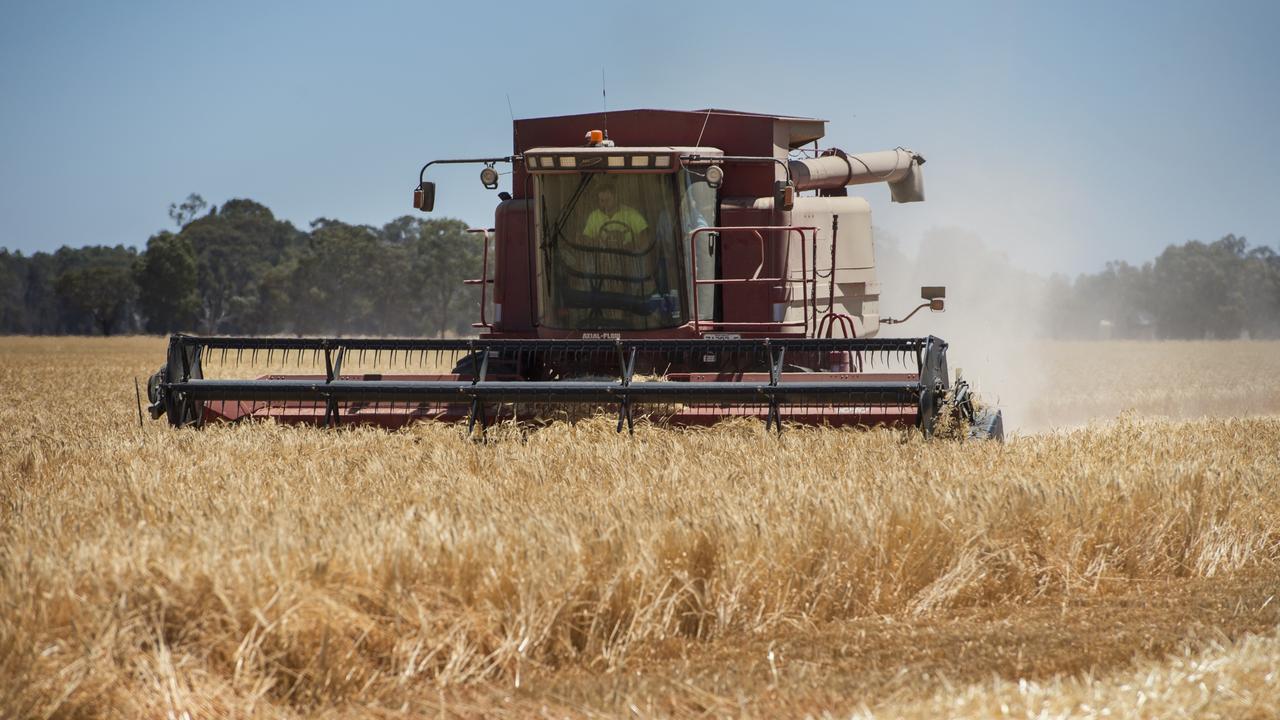Australian barley prices recover ground
Australian barley prices are now moving around in relation to crop prospects after recovering some ground from their falls in May.

BARLEY prices have clawed back some of their losses after China introduced hefty tariffs on the grain in May
Prices have settled at about $250, according to Rabobank senior grains and oilseeds analyst Cheryl Kalisch Gordon.
Before tariffs were introduced, prices were about $300 a tonne and they fell to $230 after the announcement.
“We have seen a rebound on lows immediately after the tariff announcement. Now prices are moving around in relation to crop prospects,” Dr Kalisch Gordon said.
“Western Australia has had good rain recently and they are back into contention.”
The high Australian dollar was also affecting barley prices, she said, with a correction needed to boost them.
“A rise in prices will all depend on the Australian dollar movements,” she said.
A discount in barley price over wheat should also favour prices going forward, as barley is substituted into feed grain, according to Dr Kalisch Gordon.
“Feed wheat was primarily in the rotation, but now there is more of a move to barley,” she said.
“Which is good because our home market is important if that picks up in demand.”
Dr Kalisch Gordon said some small export wins were needed to make up the deficit in China demand.
“Thailand could be an attractive market as they have experienced drought conditions and need more imported feed grains,” she said.
However, while tonnage imported into Thailand had grown 100 per cent in the last five years, it would still not fill the void China had left, Dr Kalisch Gordon said.
Saudi Arabia, Australia’s second biggest barley market, presented opportunities.
“Saudi Arabia is our second biggest barley market with four million tonnes of corn imported last year and about seven million tonnes of barley,” she said. “The opportunity is there but needs to be price competitive.”
MORE: ELMORE GROWER CONTINUES BARLEY PLANTINGS AMID CHINA TARIFFS


